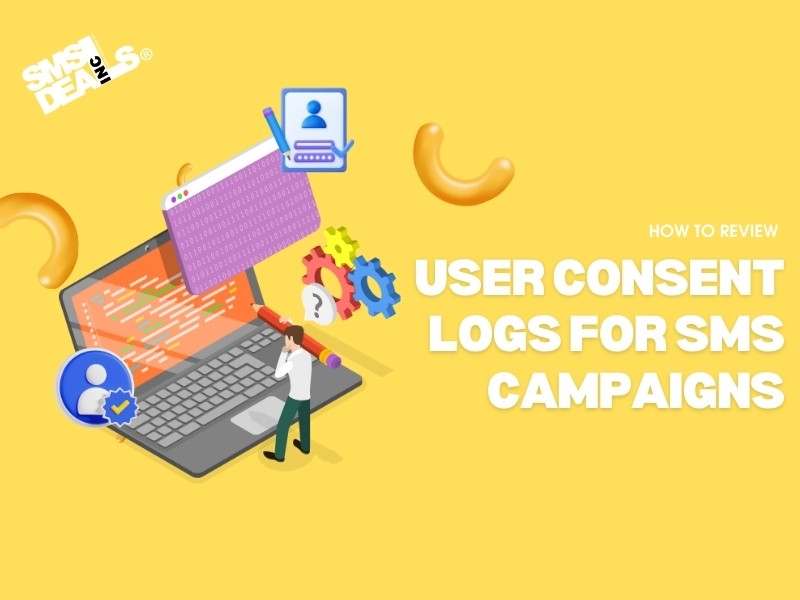
How to Review User Consent logs for SMS Campaigns?
24 May-2025 - By Admin 3977One of the powerful tools to allow businesses to access customers is SMS marketing. You gain such power only when you undertake responsibility. Some regulatory agencies such TRAI in India follow stringent regulations around how organizations gather and employ personal data for campaigns. One crucial element at the heart of regulation is user consent.
For compliance, managing, undertaking and reviewing user consent logs are significant for building trust and transparency.
Meaning of User Consent Logs:
They are digital records that show how, when and under what situation a user is permitted to get SMS messages from a business. The logs contain the following
User Identity
Date and time of consent
Consent scope
Method of consent
Confirmation of double opt-in-records
IP address and device
Why is Reviewing Consent Logs Matters?
Regulatory Compliance: Many regions need businesses to get explicit opt-in consent prior to sending promotional SMS. If you review consent logs, you are ensured that to defend your practices during audits or complaints you have documentation, you can deliver messages to only those who have chosen. You also prevent any lawsuits and penalties due to non-compliance.
Transparency and Trust: You can show users the ways they have chosen to improve brand credibility. It also assists data subjects access requests (DSAR) under laws where users request information and the way they should be used.
Improved Data Hygiene: You can identify the following by reviewing the logs
Duplicate Records
Outdated and expired consents
Blacklisted numbers that should not be contacted or unsubscribed
Based upon insights, you should clear the SMS list and improve the efficiency of the campaign
How to effectively review consent logs
1. Timestamping and automated logging
The systems that automatically record the timestamping source and user details should be employed. You should prevent manual entries that cause errors and are not standing up for audits.
2. Centralize Consent data
Make sure that all user records from different sources are piled in a centralized system or CRM. This makes accessibility simpler and minimizes the risk of instability across platforms.
3. Audit required for regular compliance
Quarterly or monthly audits should be scheduled for reviewing samples of consent logs. Technical flaws in the collection of data following a campaign for larger number of unsubscribes
Sudden rise in opt-in
4. Review expiry and consent renewal
Consent should be extended periodically in some jurisdictions. You should set automation or alert to inform where user consent is about to expire. For e.g. some businesses agree to consent every 12 to 24 hours.
What are the best practices for handling consent logs?
- Providing Easy Opt-Out options: You should make it easier for users to obtain consent by using keywords such as STOP and abruptly reflect the actions in the logs.
- Using Double opt-in: By sending a follow-up message, you confirm the user’s intent that needs extra information.
- Retaining Logs: The jurisdiction requirement varies in every state. For e.g.: TCPA recommends consent records for up to 4 years.
- Protecting and encrypting data
- Consent logs should be treated as sensitive data. It should be securely stored following the best practices of cyber security.
Final thoughts
In a constantly emerging world of data privacy, businesses should think about gathering user consent. Handling and reviewing user consent logs for SMS campaigns is not just a legal obligation. It is one of the best practices that protects the brand, builds trust and assures better communication with the audience.
